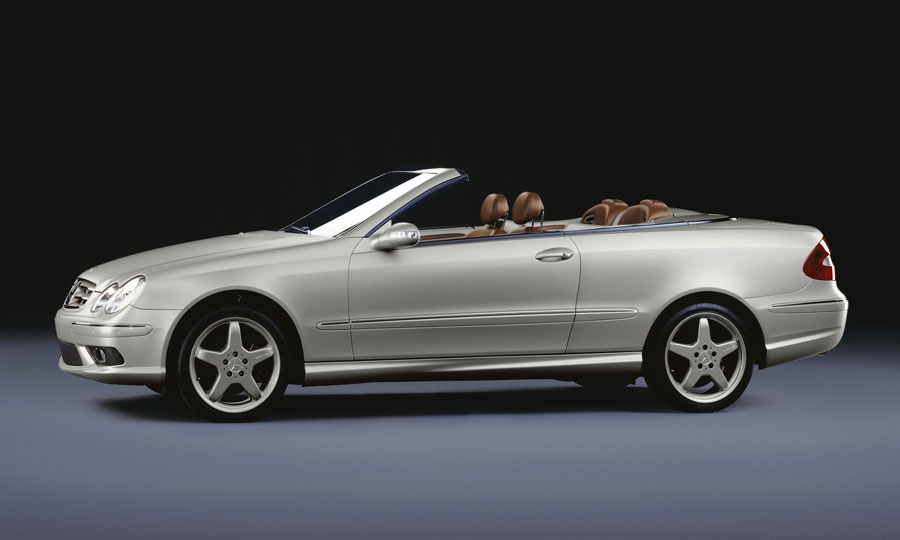
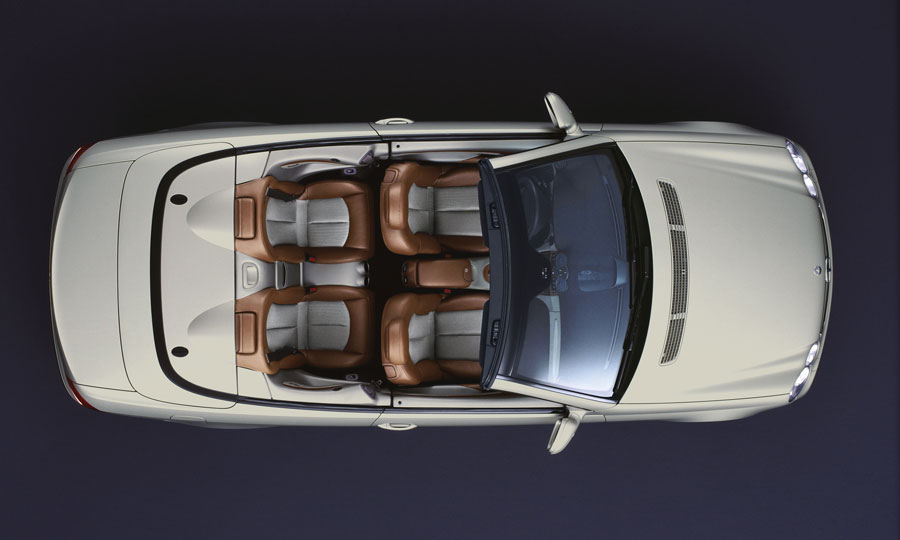
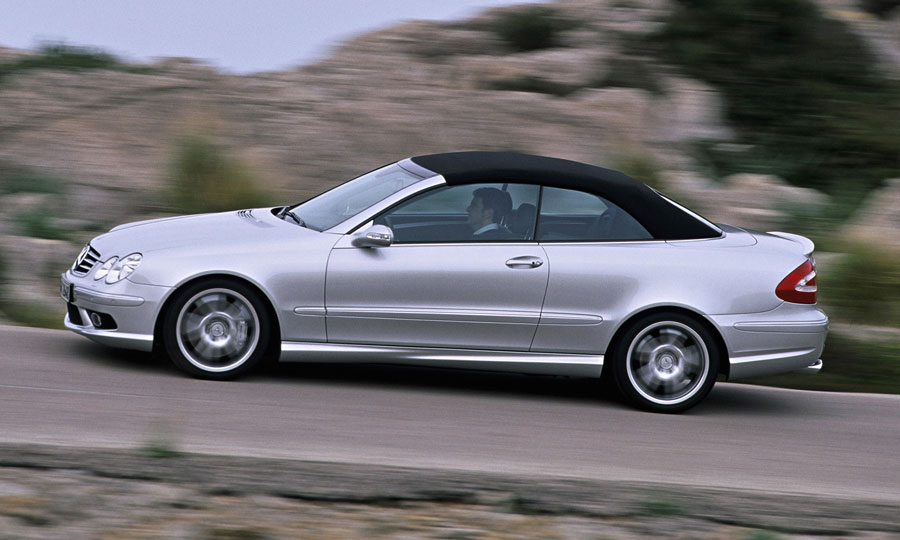
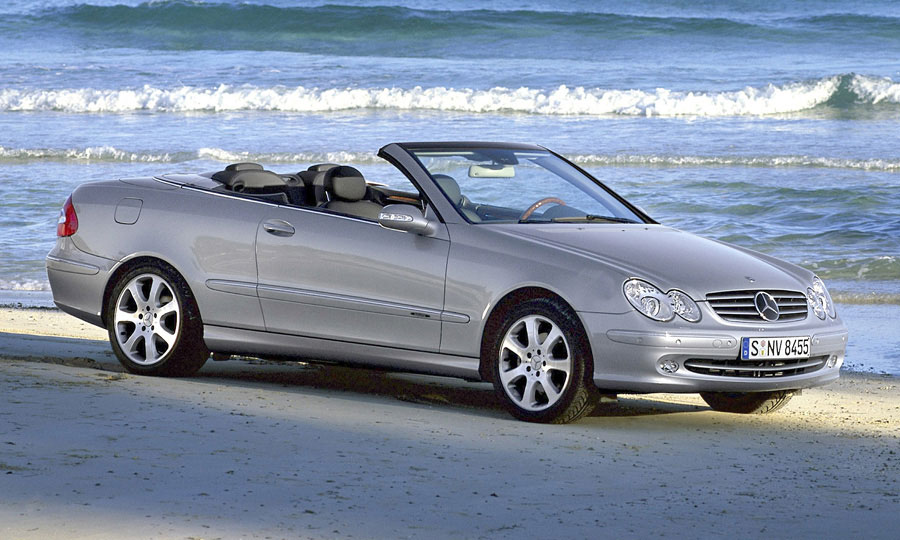
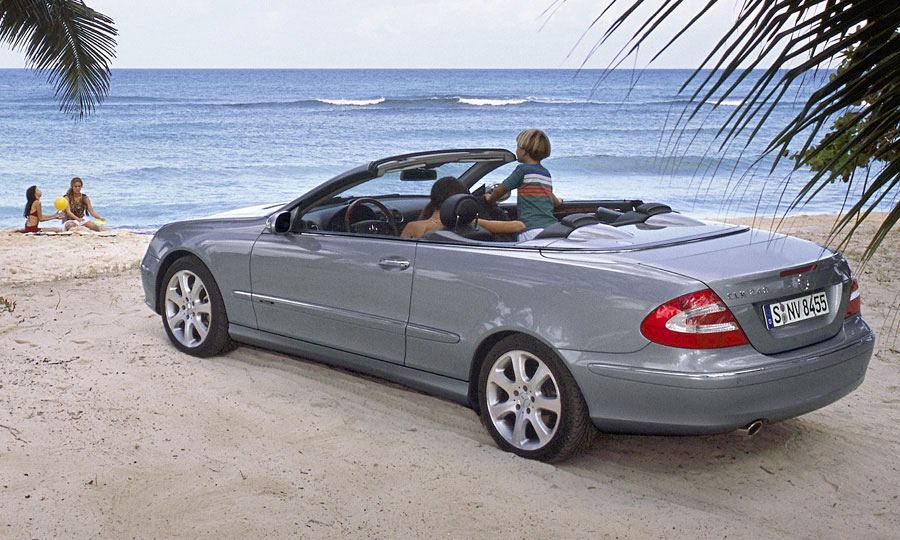
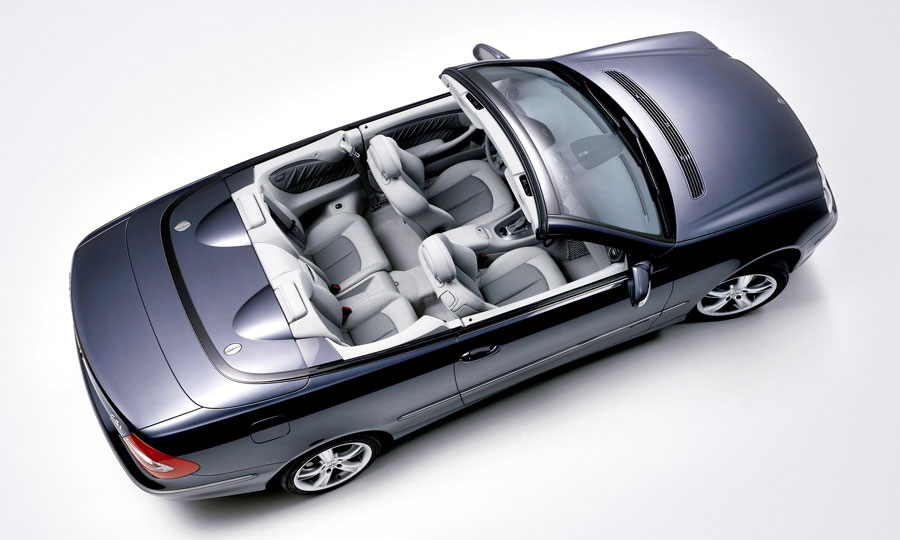
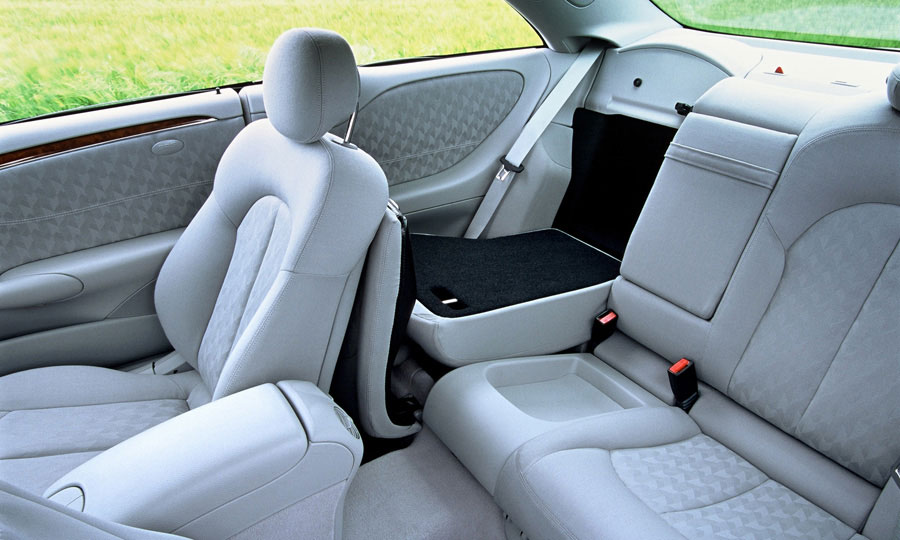
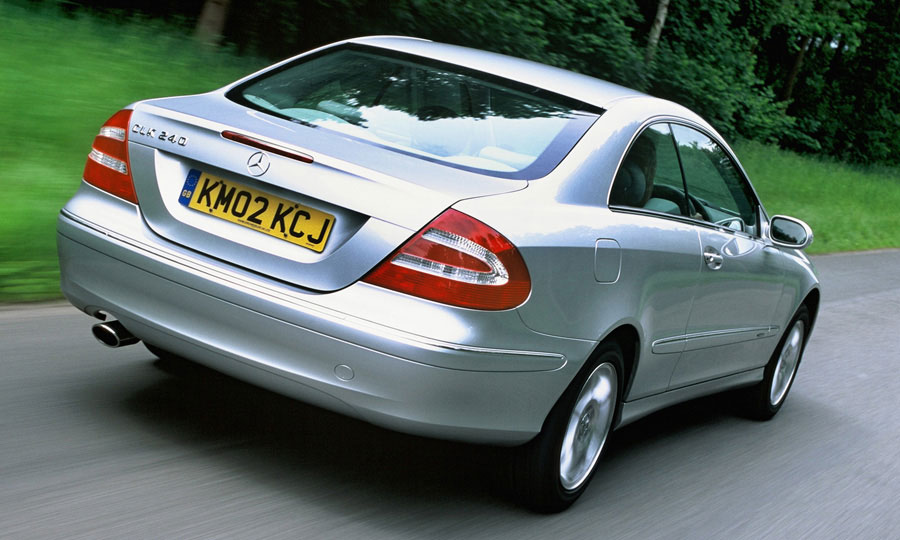
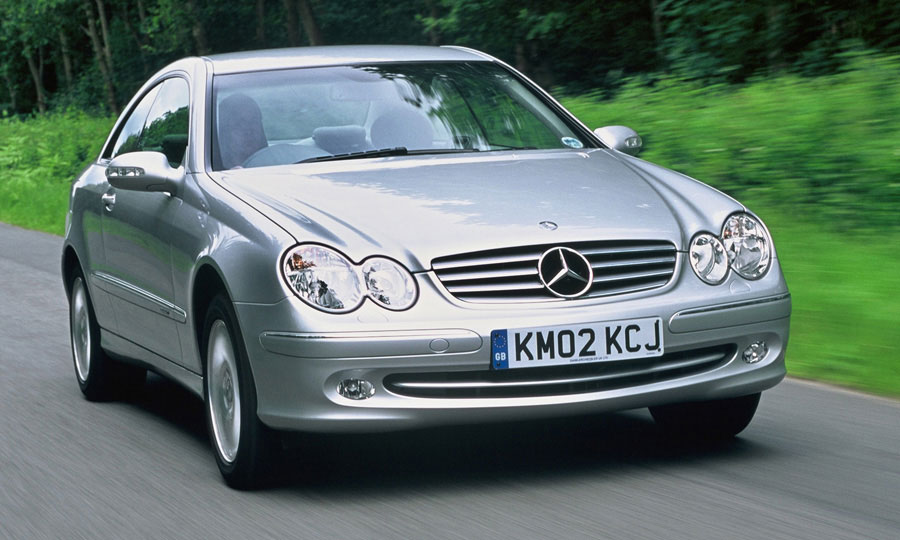
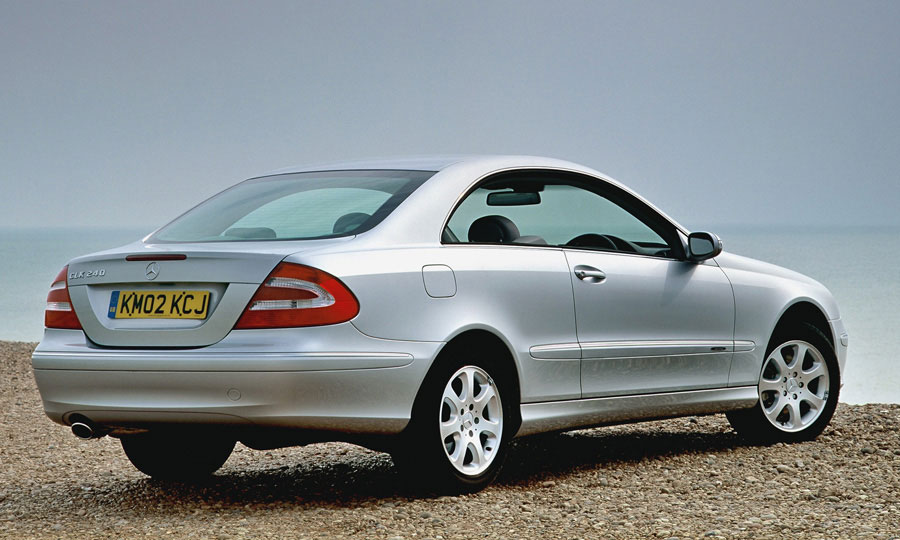
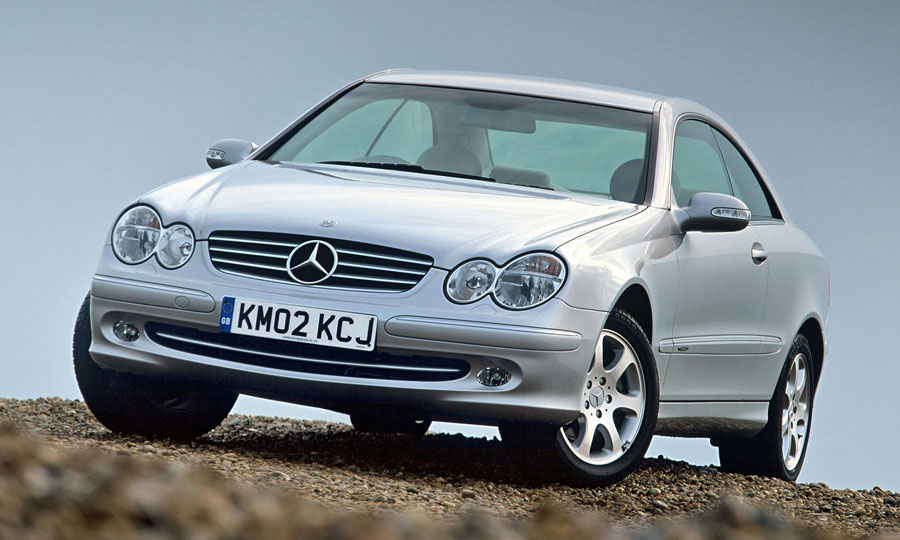
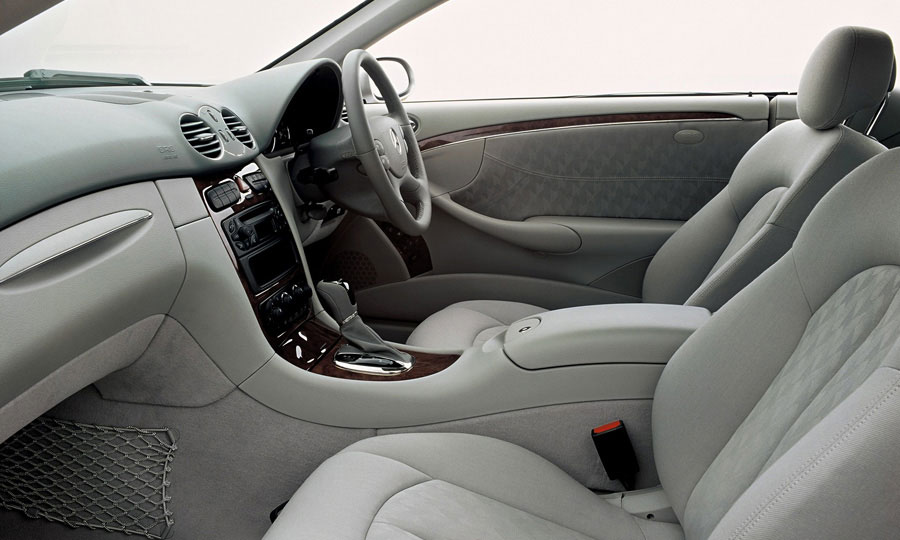
When it comes to relatively attainable premium cars, nothing can top a Mercedes. Generally seen as a cut above posh rivals, that three-pointed star is very appealing, and when a car looks this good it's easy to see why. But the CLK was introduced when Mercedes was at its lowest, and it's a model that was frequently not as well built as it should have been. So while it's highly desirable in many ways, it can also be frustrating to own - which is why you need to buy with caution.
Key Dates
4/02: The second-generation CLK debuts, in 200K, 240K, 320 and 500 petrol forms, plus the diesel CLK270 CDi.
9/02: The CLK55 AMG coupé arrives.
5/03: The second-generation CLK cabriolet appears.
6/05: A facelift brings a three-louvre radiator grille, revised front bumper and redesigned tail lights. The CLK200K is boosted from 163bhp to 184bhp, while the CLK280 and CLK350 replace the CLK240K and CLK320 respectively. The CLK220 CDi and CLK320 CDi also debut.
9/06: The crazy CLK63 AMG arrives, in coupé and cabriolet forms.
11/06: The entry-level CLK 200K arrives.
Mercedes-Benz CLK (2002-2010) Checklist
- The interior trim is disappointingly fragile; check it's all intact.
- Squeaks, creaks and rattles are also likely; some can be hard to eradicate.
- The electrical system can throw up numerous problems, so ensure everything works as it should.
- The absence of a B-pillar means wind noise can be intrusive if the windows don't seal properly - which they often don't.
- The alloy wheels can corrode badly, so check the lacquer isn't bubbling.
- Tyres can wear rapidly and unevenly, so see how much tread is left.
We Like
- Image
- Cruising abilities
- Diesel engines
- V6 petrol engines
We Don't Like
- Costly to buy
- 4-cylinder petrol engines
- Weak trim
- Manual gearboxes
